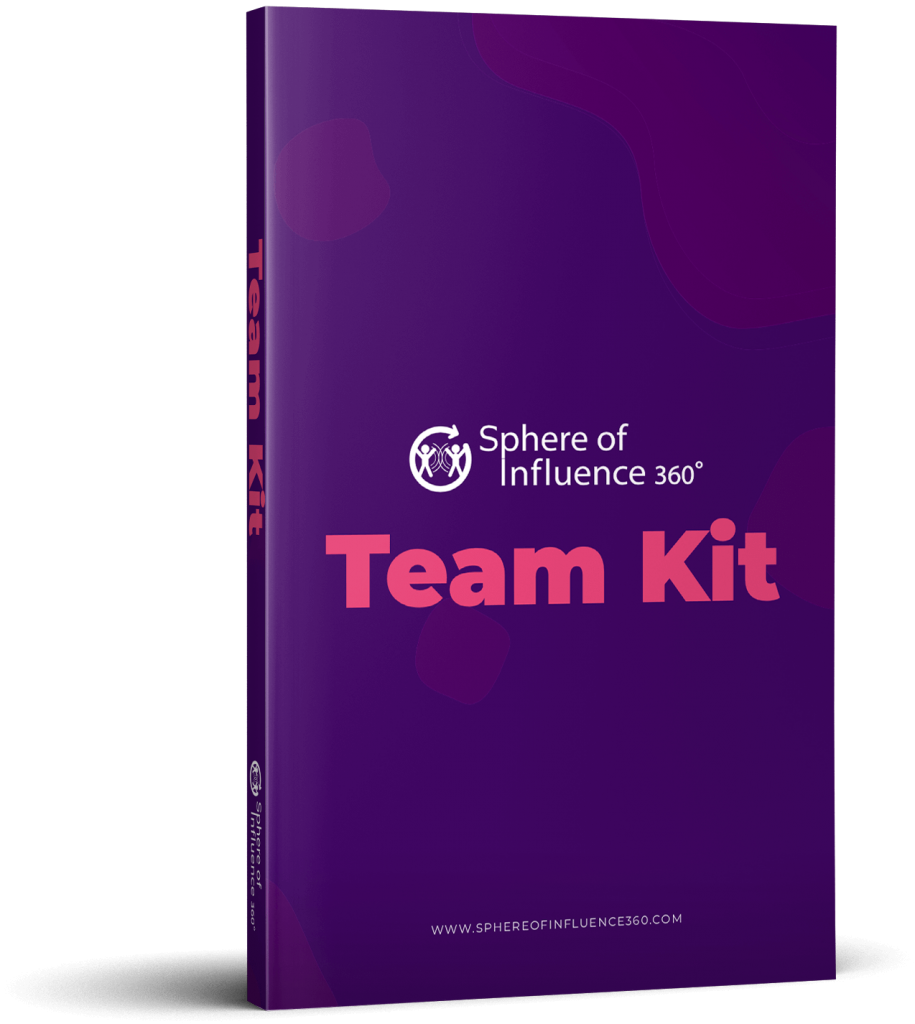Try to recall the last time you tried to get a point across to a stressed-out colleague. Were they listening to you closely? Did you feel like you were making a connection? My guess is that your answers are “no” and “no.”
Now try flipping the coin. I’m sure there was a time you were under pressure yourself, not quite on the ball or putting yourself in others’ shoes. Were you giving your colleagues space to talk, or inviting them to share their opinions?
When we let anxiety, worry, or overwhelmedness get the better of us, it’s hard to connect properly with others.
While it seems like the most unnatural thing to do at that exact moment, these are the times we most need to stop…
…And reflect to connect.
Let me explain.
Benefits of Connecting With Others
Connecting is a whole group of communication skills that helps us build relationships, boosting our performance by encouraging alignment and collective intelligence.
When we connect effectively with others, we are open, available, sensitive, and responsive. In terms of our behavior, we:
- Explore situations and solutions together through sharing, listening, and asking questions
- Build on each other’s wishes, needs, interests, and ideas
- Ensure everybody is on the same page in terms of goals, interests, and ambitions, and
- Involve people in conversations so that everybody has a say.
You’re not alone if these rather nuanced skills go out the window when you’re caught up in a moment of stress. So what can you do about it?
How can you deal with stressful situations while still (really) being there for others?
Relax—Nothing Is Under Control
Connecting with others starts with connecting with yourself. That means knowing:
- What triggers stress reactions in you, and
- How you tend to react.
The more you know about these things, the more you can access your strengths in times of mental pressure and navigate the situation effectively.
Self-knowledge is very much the basis for being able to connect with others, and it’s all about self-reflection. As Hall and Simeral rather succinctly put it:
“The more reflective you are, the more effective you are.”
How To Reflect To Connect: 5 Steps
If reflecting doesn’t come naturally to you when you are stressed, try out some of these 5 steps when you are calm. This way, you can access your self-knowledge more easily when you are triggered by your environment.
1. Consider Your Triggers
Start by taking a look at what triggers your stress responses. We all react differently to pressure, and we can all experience numerous physical or psychological defense mechanisms at once.
A few example responses from our deck of Stress Coaching Cards include:
- A racing heart: the feeling that your pulse is going a mile a minute
- A wandering mind: difficulty thinking straight and making strong decisions
- Sudden sleepiness: an overwhelming tiredness with no particular cause, and
- Being sarcastic: making snide remarks that potentially hurt others.
Knowing how you react will help you identify situations that cause you stress, and give you a better chance of avoiding your most common tendencies.
2. Accept Your Response
Certain emotions are hard to miss when they hit you, but what do you know about meta emotions? A specific trigger can cause us to feel anxious, afraid, or angry, but we also have “feelings about our feelings,” or meta emotions, that can make the whole experience much more difficult.
You might feel angry at a colleague for holding up the team, for example, then angry at yourself for feeling that way or snapping at them. Accepting our emotions and behaviors is the opposite of this struggle, a way to embrace what you feel (or how you might act) rather than fighting it.
The next time you want to connect, try taking a deep breath and reflecting on your response; try thinking: “I’m a bit angry, but that’s ok.”
3. Deal With Your Emotions
As I mentioned, acceptance is not a way to deny your feelings. However, it makes them much easier for you to deal with, which you can do by asking yourself the following reflection questions:
- How am I feeling now?
- Is this feeling helping me?
- If so/not, how?
All emotions are a source of information, so it helps to understand the potential impacts of things like fear, anger, and concern.
You can read more about these in our Stress Coaching Cards articles, but a few examples of the things they impact include:
- Attention
- Memory
- Decision-making
- Relationships
- Mental health, and
- Creativity.
4. Don’t Be Afraid To Take A Time Out
We can keep this one short and sweet. If you’re extremely upset, worried, or frustrated, it’s not the ideal time to try connecting with others. Be mindful that stress negatively impacts our decision-making and creative thinking capabilities, among other things, so you’re unlikely to be performing at your best.
Take some time out, cool down, and come back to it when you’re feeling a little calmer.
5. Shift Your Focus
Listening, empathizing, and relating to others is much easier when you’re in a positive frame of mind. We’re more inclined to focus on the negatives when we’re stressed, so use your reflection session to shift your mindset.
Instead of thinking why your colleague might be holding up that project, or how it’s ruining your day, try thinking of things that you’re grateful for instead. How have they helped you in the past? What have they done to really boost your collective performance? What is something about them that you’re thankful for?

